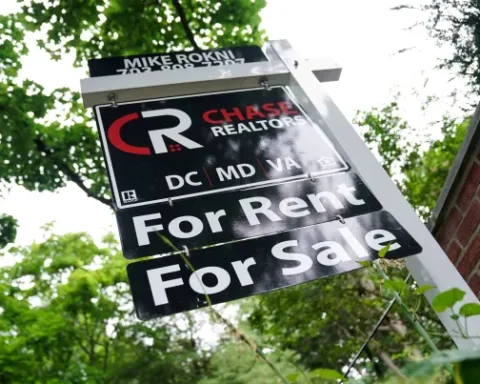Homeowners nationwide are facing a significant increase in their insurance premiums, with prices rising an average of 21% between May 2022 and May 2023, according to Policygenius. This unexpected surge is primarily attributed to climate change, causing concern among homeowners and experts alike.
Catastrophic Weather Events and Insurance Costs
The rise in severe weather events has driven up insurance premiums. “The levels of risk and the kinds of hazards that a property can be exposed to are massively changing,” stated Carlos Martín, director of the Remodeling Futures program at the Joint Center for Housing Studies of Harvard University. Insurers dealing with higher costs pass these expenses onto consumers, leading to pricier premiums.
Lack of Transparency in Premium Calculations
Despite the significant increases, insurers do not share detailed data on individual homeowners’ premiums and risks, making it difficult to understand how climate risk is factored into policy prices. “The data is pretty minimal,” Martín explained. “Insurers don’t share how much they’re charging individual homeowners with the world, and there’s not a lot of reporting.”
KPMG U.S. insurance sector leader Scott Shapiro emphasized that while the industry gathers data on weather-related losses to inform policy premiums, this detailed information remains inaccessible. “This data is crucial for rate-making and filings,” Shapiro said, highlighting the industry’s challenge in predicting future losses based on historical data.
Insurance Options in High-Risk Areas
For homeowners in areas prone to floods or fires, insurance options are more expensive and increasingly limited. In May 2023, State Farm ceased accepting new applications for California policies, following Allstate’s similar move in November 2022. Kenneth Klein, a professor at California Western School of Law, pointed out, “Insurance companies are businesses that are trying within a set of laws and regulations to make a profit.”
State-run programs like Florida’s Citizens’ Property Insurance and California’s FAIR plan offer alternatives but may not provide the same quality of coverage as private insurers. “They sometimes are not built on the same actuarial principles as private insurance companies would build them,” Klein noted. “And as a consequence, it’s problematic.”
The Impact on Existing Homeowners
Existing homeowners are particularly affected by these rising premiums. Martín observed, “They’re feeling it because they see what they’re paying when they first bought the house, and now they see what they’re paying. And it’s increasing.” This financial burden underscores climate change’s growing challenges on homeownership and insurance.
As climate change continues to drive up the cost of homeowners insurance, consumers are left grappling with higher premiums and fewer options, especially in high-risk areas. This situation underscores the urgent need for greater transparency and better solutions to manage and mitigate the financial impact of severe weather events.







